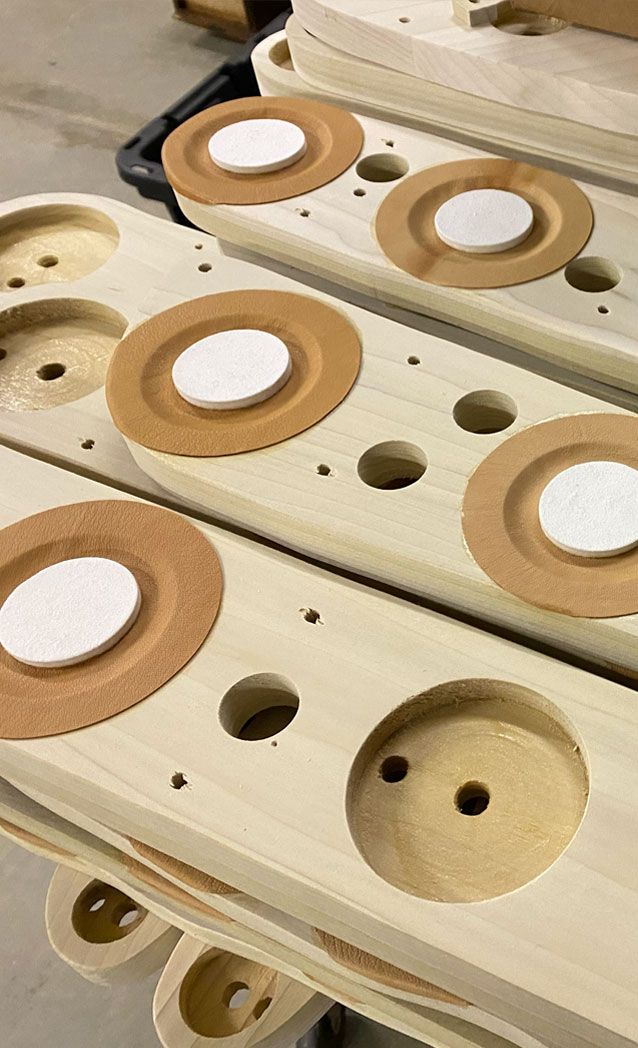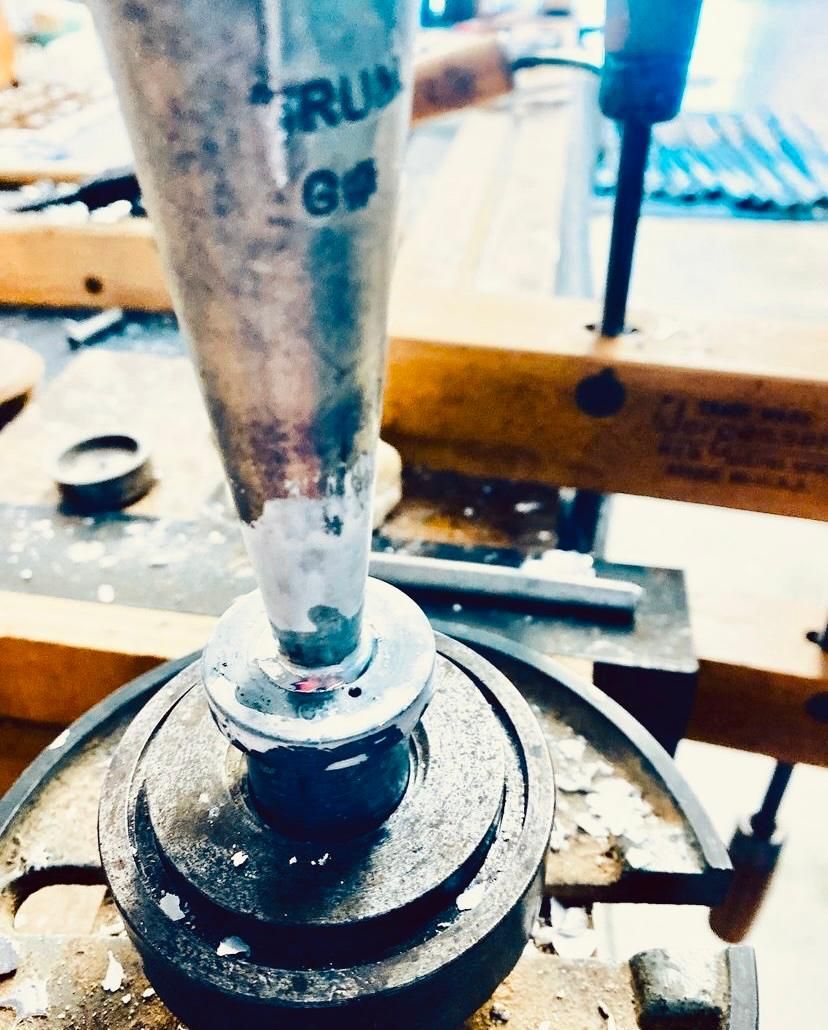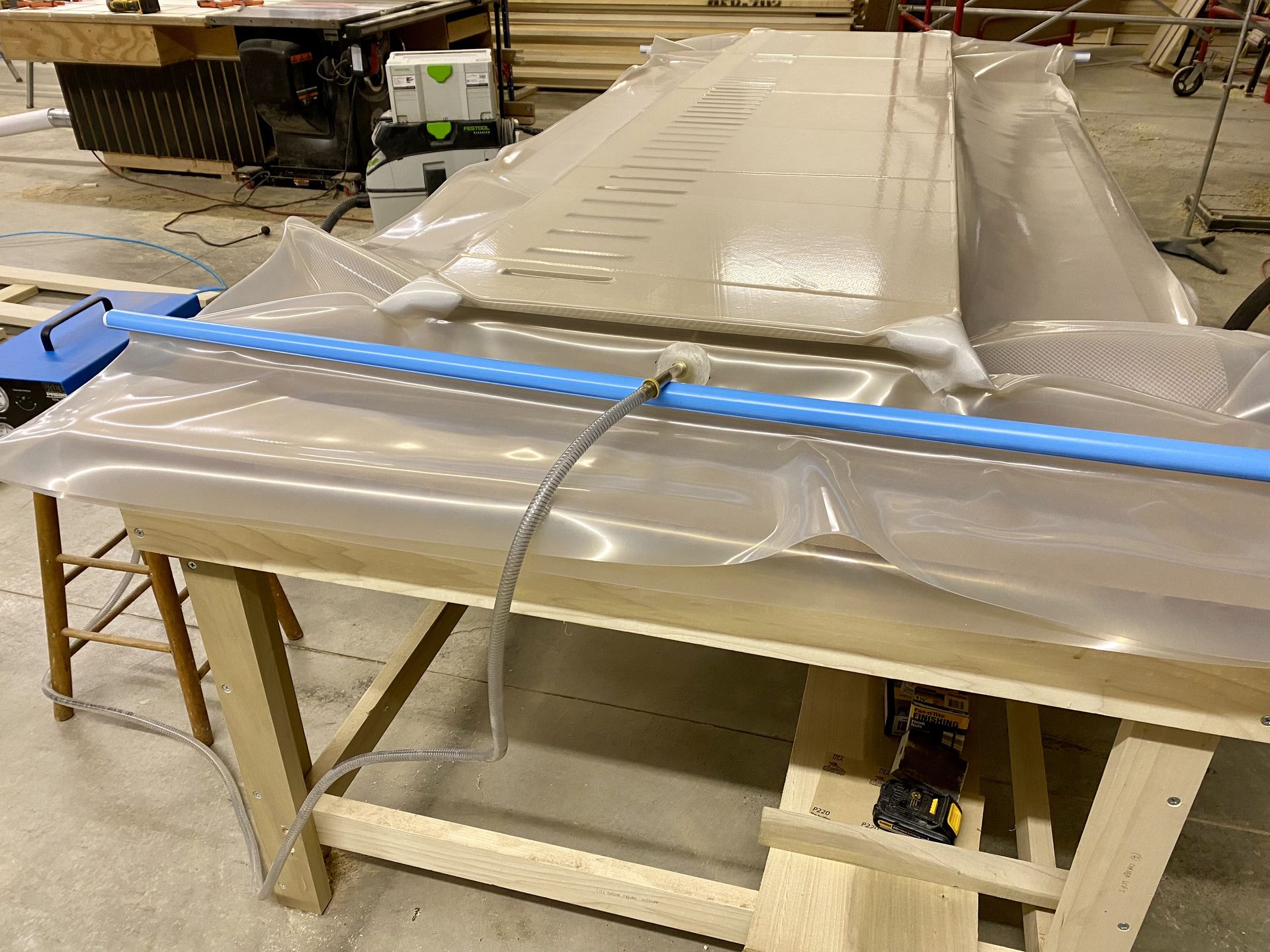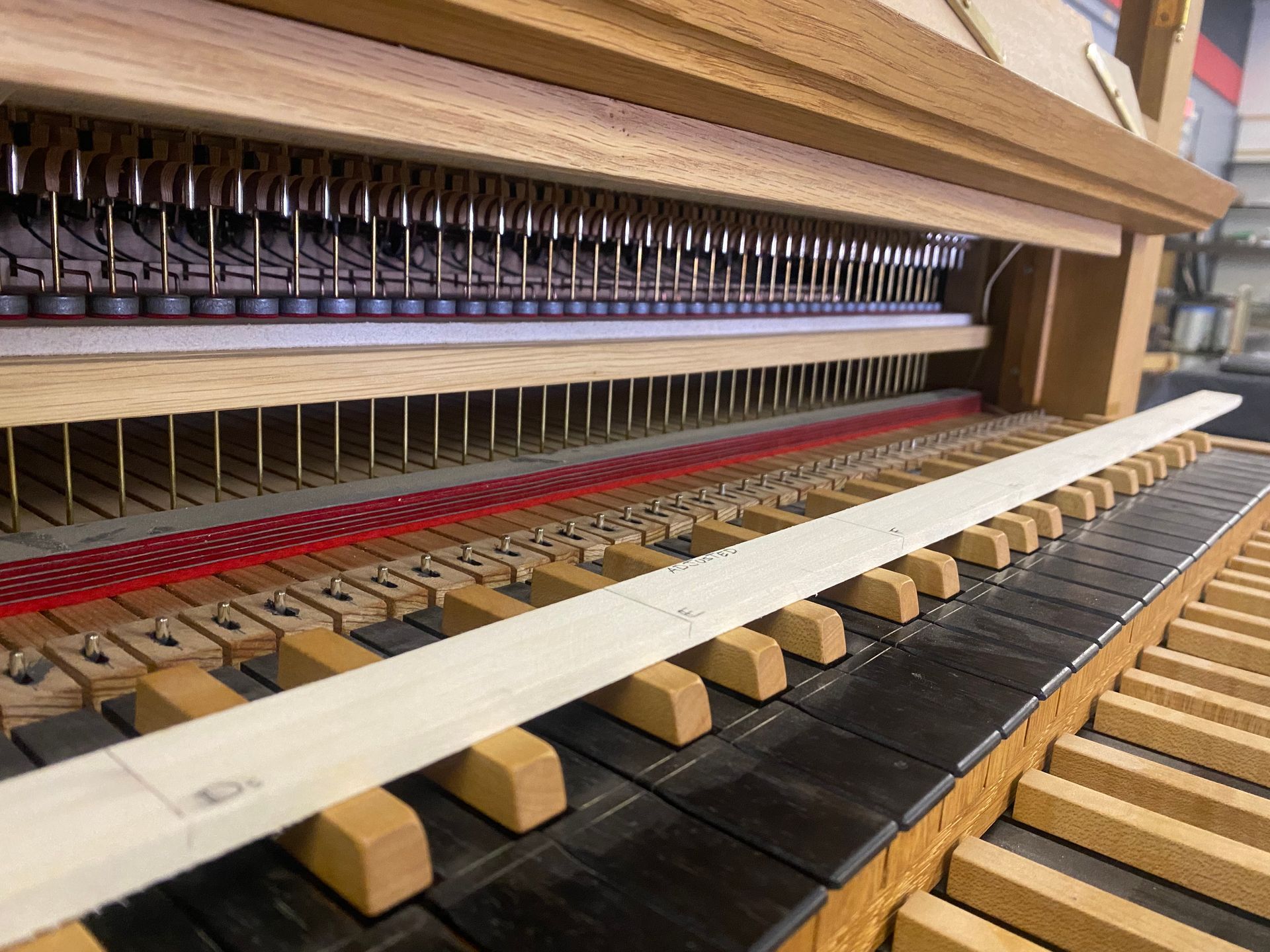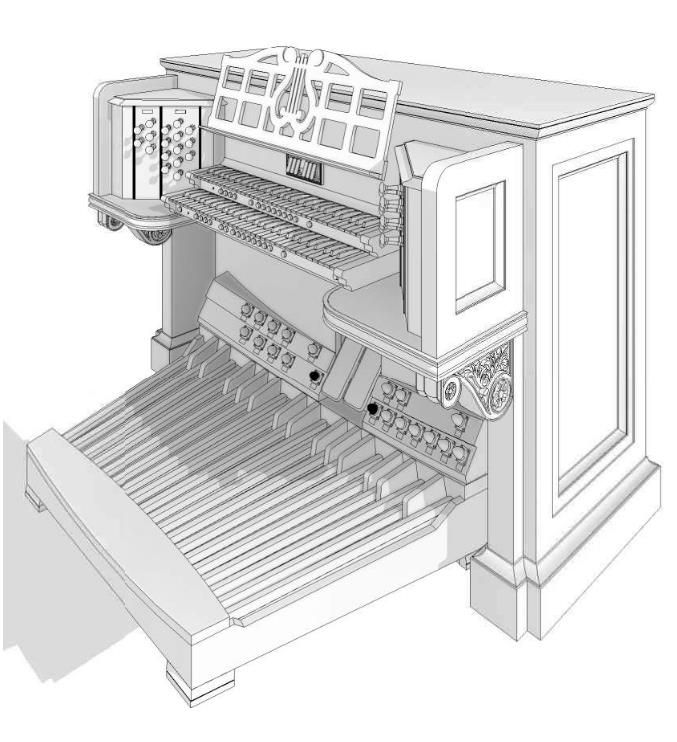Organ building materials and techniques: a harmony of tradition and innovation.
Organ building stands at the intersection of craftsmanship, artistry, and engineering, and is a testament to human ingenuity. For centuries, organ builders have honed their skills using traditional materials and techniques passed down through generations. However, as technology advances, modern methods and materials are reshaping the landscape of organ construction, ushering in a new era of innovation and possibility.
Traditional materials in organ building.
- Wood: Wood has been a cornerstone of organ construction since the instrument's inception. Prized for its warmth, resonance, and workability, various wood types have been indispensable in the construction of organ casework, wind chests, and pipes. Poplar and oak, for their strength, density, and stability, have been a favored choice for structural components and wind chests that distribute air to the pipes. A wide variety of hardwoods are used in crafting wooden pipes, including mahogany, maple, pine (now, salvaged pine), and oak.
- Metal: While wood lends its organic warmth, metal has played an equally crucial role in organ construction. Metal pipes, typically made from lead, tin, or zinc alloys, produce the instrument's distinct voices. Certain alloys of lead/tin are typically purposed according to the quality of sound they impart. Pipes with a higher lead content, even up to 95% lead, tend to encourage a fundamental-heavy timbre. Increasing the density further by hammering the lead adds to that effect, while providing increased structural stability and visual appeal to the metal. Conversely, pipes with a higher tin content tend to reinforce their harmonic partials, lending a bright, rosinous quality to string pipes.
- Leather: Historically, leather has been used in organ construction for components like the organ bellows, which regulate airflow within the organ, pneumatic valves, wood stoppers for bourdon pipes, and even on metal pipework. The tensile strength, flexibility, and airtight nature of leather ensures a reliable supply of air to the pipes, essential for producing sustained, smooth notes and dynamic expression.
- Fabric: Fabric found its place in organ construction primarily in the construction of wind chests, where valves control the distribution of air to individual pipes. Traditional types of cloth like wool and felt are used for sealing the joints between pipes and parts, damping vibrations, and protecting delicate components.
Evolution of organ building techniques.
The evolution of organ building techniques mirrors advancements in craftsmanship, engineering, and materials science. While traditional methods and core materials continue to inform contemporary practices, modern innovations have profoundly impacted the industry and expanded the possibilities of organ construction. A few notable examples include:
- Accelerated pipe manufacturing
Computer numerical control (CNC) machines are capable of automating certain elements of the organbuilding process, including scoring pipes for cutting, and milling components that otherwise require hundreds of repeated drilling actions. This has accelerated production timelines while maintaining precision. 3D printing has also enabled rapid creation of prototypes and specialty components.
- 3D printing
The advent of 3D printing has transformed the production of organ components, particularly console components. 3D printing offers precision, efficiency, and flexibility previously unimaginable. This technology also enables organ builders to experiment with innovative designs and streamline production processes.
- New pipe materials
While wood, lead, and tin remain most common, organ builders now incorporate additional materials like aluminum and zinc to construct pipes capable of unique tonal qualities and increased structural stability. Organbuilders carefully match materials to the tonal requirements of each stop. As part of Greenleaf’s sustainability program, we work to recycle metal pipework, especially including lead, which is both capable of infinite recycling without any loss in quality and has a carbon footprint between 30 and 76kgCO2 per kg of material – lower than copper, zinc, or stainless steel.
- Composite materials
Many organbuilders have started incorporating composite materials like carbon fiber and fiberglass into their designs, particularly in tracker runs in mechanical action organs. These materials are lightweight, durable, and resistant to changes in temperature and humidity, making them ideal for certain components of the organ.
- Digital enhancements
The integration of digital technology has also transformed the organ building industry. Nearly all modern organs now incorporate digital aids to playing, such as solid-state switching systems and computer-controlled combination action systems. These digital enhancements allow for greater flexibility, customization, and ease of use, enabling organists to quickly and precisely adjust the organ's settings and registration.
Despite the advancements in technology and materials, the art of organ building remains deeply rooted in tradition. Master artisans continue to hone their skills, carefully crafting each pipe and component by hand. The fusion of centuries-old techniques with modern innovations has created a new era in organ building, one that promises continued innovation, creativity, and inspiration for generations to come.

